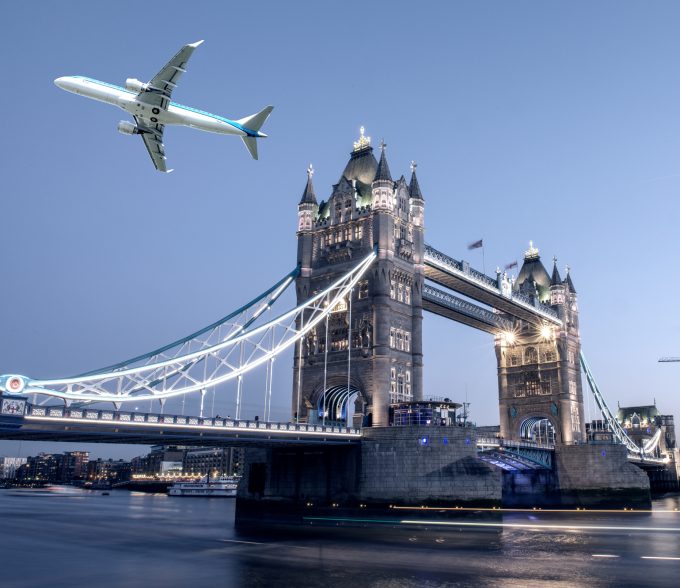US tariff plans could drive Europe into the arms of Chinese EV makers
Donald Trump’s tariff plan could spectacularly backfire, forcing Europe closer to China as it seeks ...

The big Brexit question in aviation is whether the UK will continue to be in the European Common Aviation Area ? a scenario that currently (although things are changing by the minute) seems pretty likely. ATW has done a good piece on the possible exit of the UK from the EU-US open skies agreement, while for a full breakdown on possible consequences for aviation, IATA was quick to provide a thorough analysis. Essentially, while it’s bad for outbound transport, the ...
US tariffs and trade war will result in 'Covid-like' shortages and layoffs
Ecommerce air traffic to US set to grind to a halt as de minimis exemption ends
Where will the freighters go as capacity shifts from tariff-hit China-US lane?
Apple logistics chief Gal Dayan quits to join forwarding group
Congestion and rising costs at Europe's box ports to last into summer
Widespread blanked sailings stave off major collapse of transpacific rates
Maersk u-turn as port congestion increases across Northern Europe
Transpac rates hold firm as capacity is diverted to Asia-Europe lanes
Airlines slash freighter capacity post-de minimis, but 'the worst is yet to come'
End of de minimis will bring turbulence for airfreight shippers and forwarders
MSC revamps east-west network as alliance strategies on blanking vary
Houthis tell Trump they will end attacks on Red Sea shipping
Gemini Cooperation carriers steam ahead of rivals in reliability stakes
India-Pakistan 'tit-for-tat' cargo ban sparks sudden supply chain shocks
Tariff on imported products for drugs would be hard for US pharma to swallow
Atlas Air stays bullish on US change: 'we're flexible, we can fly to other markets'

Comment on this article